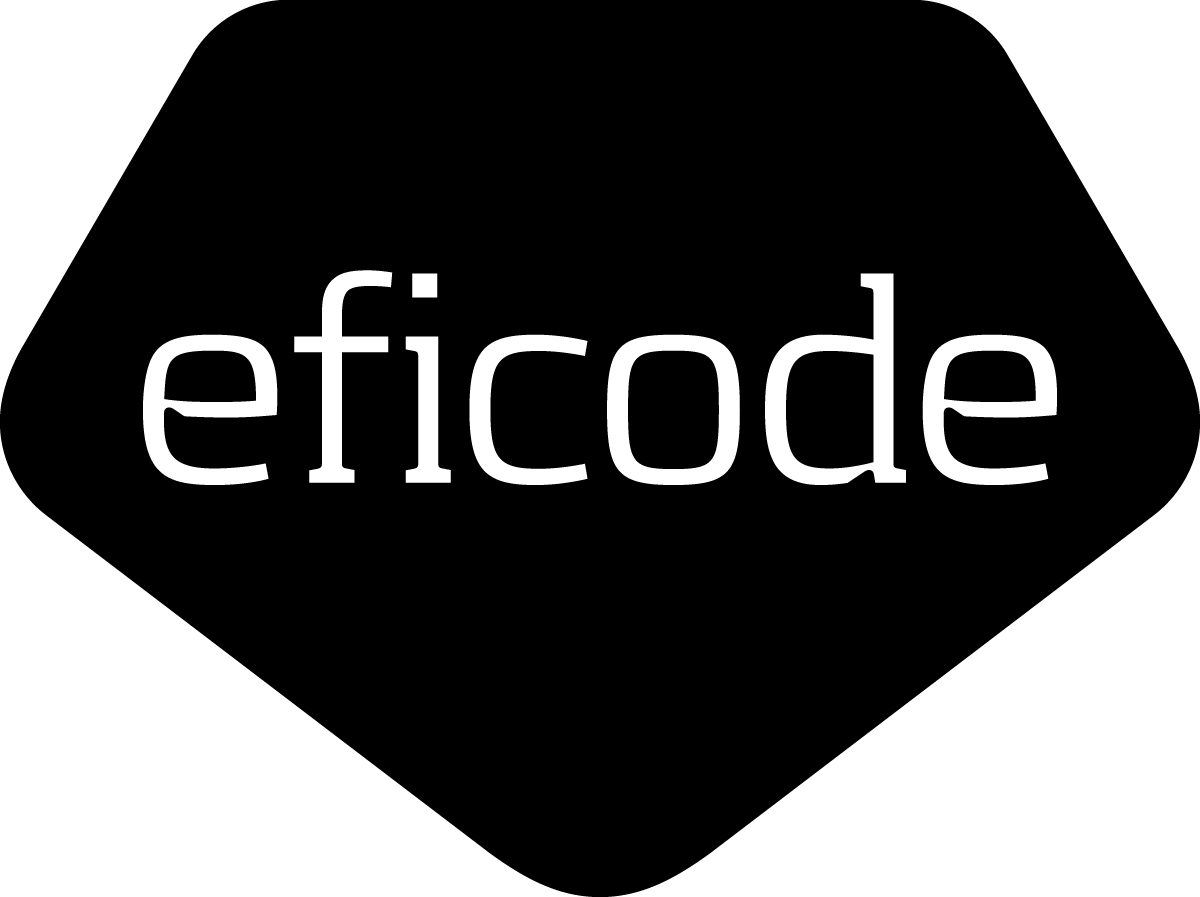- Yhdistys
- Jäsenasiat
- Kirjoitukset ja linkit
- Login
- Liity jäseneksi
- Tapahtumat
- Kuvia
UX SIG: Engaging Interaction
Kirjoittanut virpi Ti, 13.8.2013 - 16:08
19.09.2013 12:00
If we want to introduce interactive systems that might change people's behavior in a way or another, we need to focus on engaging experiences rather than utility and usability. It is especially tricky to design for a long-term behavior change, e.g., changing one's lifestyle or work habits. This is why the theme of the event is about user experience, interaction design, engaging interactive technology, and behavior change.
NEW: Presentation materials are available for SIGCHI Finland members
See the bottom of the page for more information on the speakers and their topics.
Time: Thursday 19.9.2013
Place: Juhlasali B163, Aalto BIZ, Runeberginkatu 14-16, Helsinki
Tentative agenda:
12:00 Opening
12:15 Sarah Diefenbach: Aesthetics of Interaction
13:00 Agnis Stibe: Social Influence Features for Digital Customer Engagement
13:45 Introduction to the demos
14:00 Coffee (sponsored by Aalto Service Factory) and demos
14:45 Health, wellbeing & UX event in Finnish, see this separate event page
Please register by September 12, especially if you will stay for the coffee.
Our international guest is Dr. Sarah Diefenbach from Germany, the Folkwang University of Arts, Department of Industrial Design, the working group of prof. Marc Hassenzahl. In her PhD she focused on hedonic and pragmatic product attributes and studied consequences for product choice as well as user experience. One of her current research topics is experience design and aesthetics of interaction.
In her talk Sarah discusses different emerging perspectives on how to conceptualize the emerging "aesthetics of interaction" and then presents an own approach. Based on the philosophy of experience design, designing for a particular experience (the Why) requires awareness and a purposeful combination of attributes on the interaction level (the How). Thus, the conscious differentiation between interaction attributes (e.g., slow, mediated, delayed) and the emerging experience (e.g., experiencing a positive and meaningful moment) is a crucial, conceptual step. Sarah presents tools such as the Interaction Vocabulary, examples of its applications in design, and study findings. The Interaction Vocabulary may serve as first heuristics for the more conscious design of interaction in line with desired experiences.
Agnis Stibe is a doctoral candidate at the department of Information Processing Science, University of Oulu, who plans to defend his PhD thesis in spring 2014. He is also working in Oulu Advanced research on Software and Information Systems group (OASIS: http://www.oasis.oulu.fi/) under supervision of Prof. Harri Oinas-Kukkonen. The current project is aimed at the integration of social media in public environments, such as airports and shopping malls. Within the project, Agnis has the leading role in designing a Twitter-based information system (IS) and conducting studies to research digital customer engagement. In the core of these studies are social influence features in IS design, their comparison and effects on human behavior.
In his talk Agnis will familiarize the audience with a broader picture of his research area and terminology, such as Persuasive Technology, Behavior Change Support Systems (BCSS), and Persuasive Systems Design (PSD). Then, he will continue with an in-depth discussion about the Social Influence category from PSD model that contains seven persuasive software features, namely social learning, social comparison, normative influence, social facilitation, cooperation, competition, and recognition. Following that, he will talk about how these features were designed for the interface of Twitter-based system that was used to conduct empirical studies on user engagement. He also will present several of those studies together with findings and conclusions from each one of them. Additionally, he will provide examples of social influence features being implemented elsewhere and some illustrations of gamification as it is closely related and very timely topic. In summary, he will outline the current status his research and its potential for future steps in academia and applicability for practice.
NB! Before this session, please prepare or create your Twitter.com accounts as it is planned to provide a hands-on opportunity for everyone to experience an engaging interaction with persuasive systems during the talk, when you could send your Twitter messages from your computers, tablets, or smartphones.
Welcome!
»








